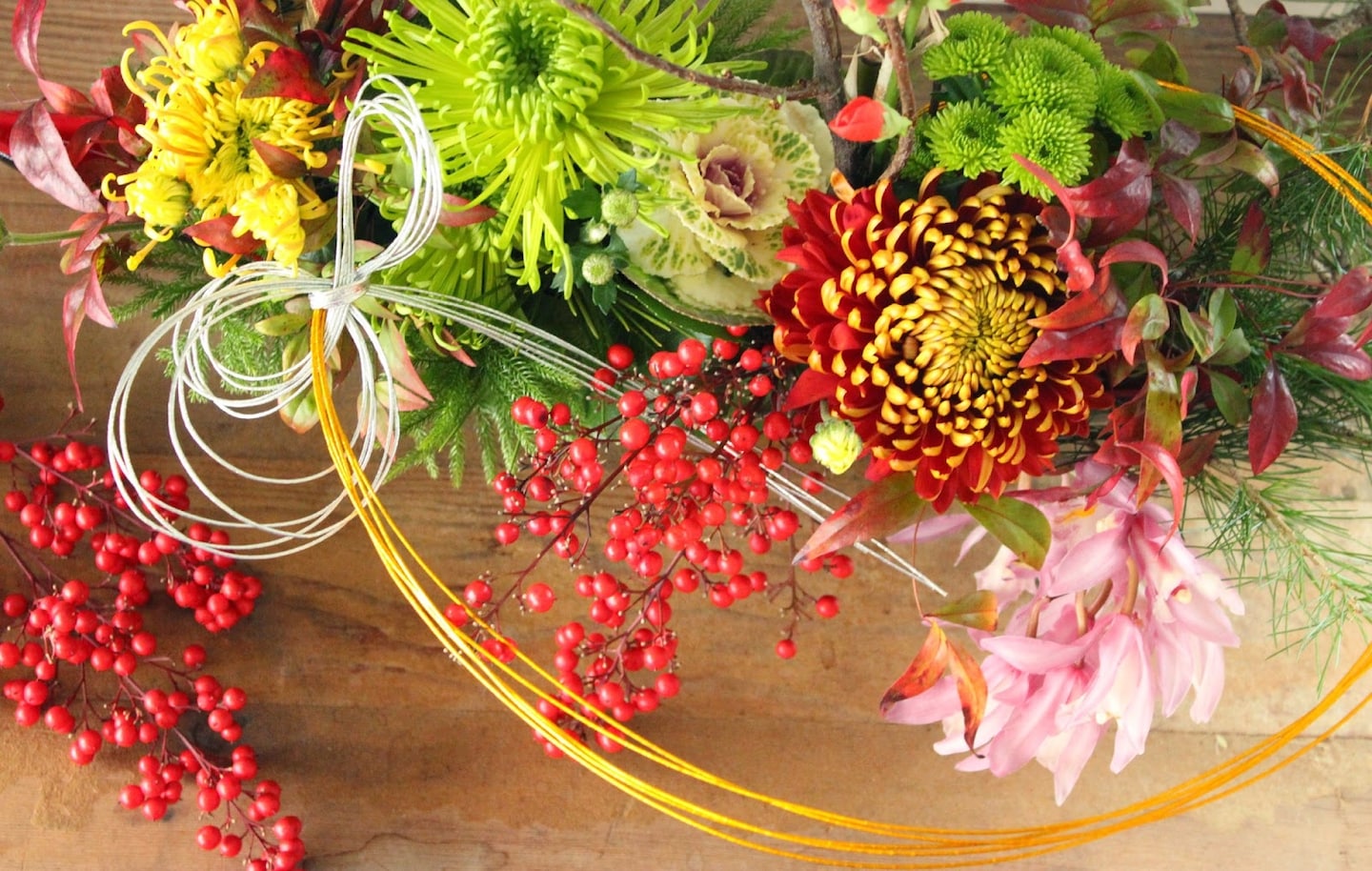8 Things to Know About New Year's in Japan
From traditions to greetings, here are the top things you need to know about New Year's in Japan!
By Bua Loy8. The New Year holiday was originally a festival of worship for 'toshigami'
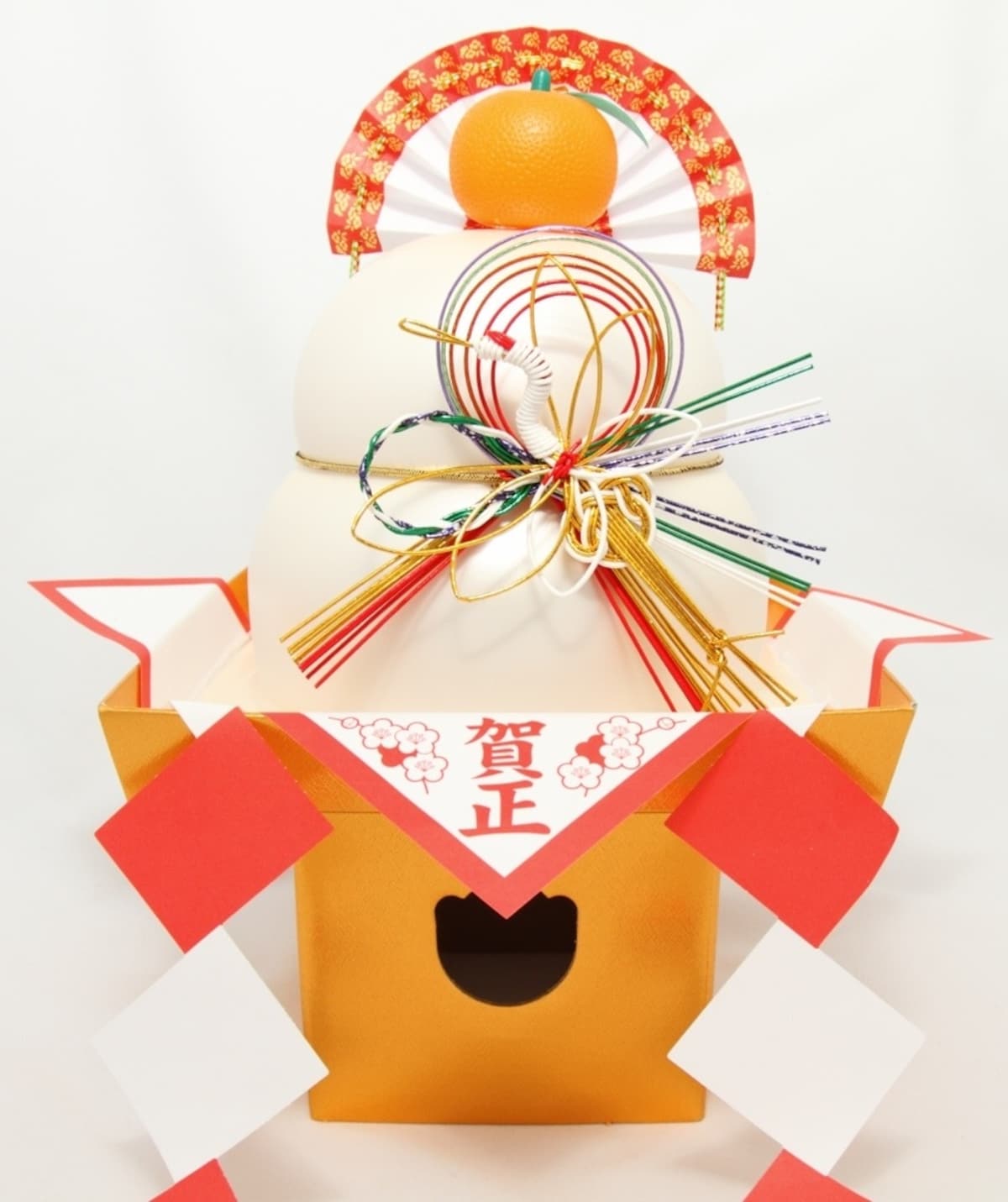
https://nihonomnom.files.wordpress.com/2013/01/20130115-e58d88e5898d115846.jpg
The toshigami deities are the gods of the Shinto New Year's Day. Initially, Japanese people would worship toshigami during the New Year's holiday to ask for good harvests throughout the year. They would present offerings of stacked mochi (pounded, sticky rice cake), usually with an orange, or mikan, on top.
7. 'Kadomatsu' adorn the doors of homes during the New Year's holiday
http://userdisk.webry.biglobe.ne.jp/004/569/74/N000/000/000/129401703784216115305_DSCN0691.JPG
Kadomatsu, made of pine and bamboo, are used to decorate the front entrances of houses during the Japanese New Year as a means of welcoming the toshigami formed by one's spiritual ancestors into the home.
6. Omikuji
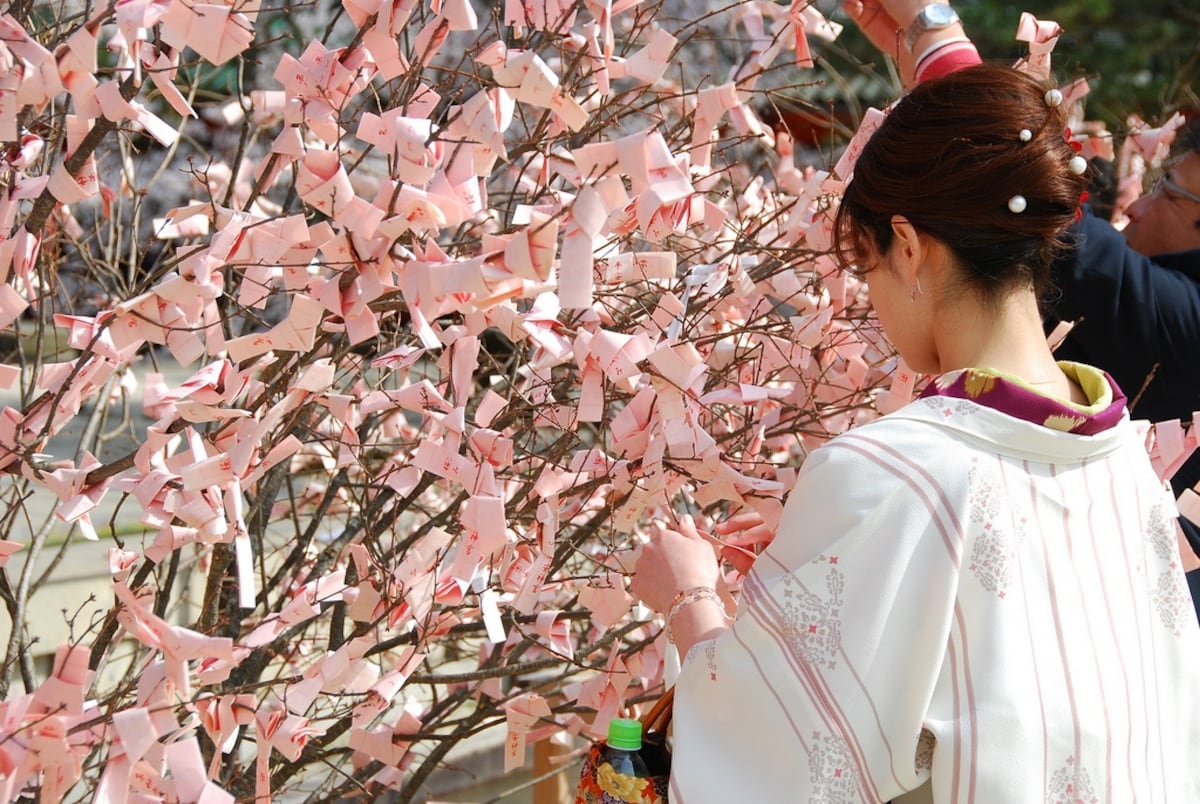
http://4.bp.blogspot.com/-i-g4pPNzB8w/T8pZxbzgL_I/AAAAAAAAJEI/htmniiZNgVs/s1600/Omikuji+fortune+telling+papers.jpg
Japanese people will typically go to a shrine or temple to receive their omikuji, or fortunes, for the year on or around New Year's Day. You can read more about this process, and what your fortune means, over here!
5. Must-know New Year's greetings
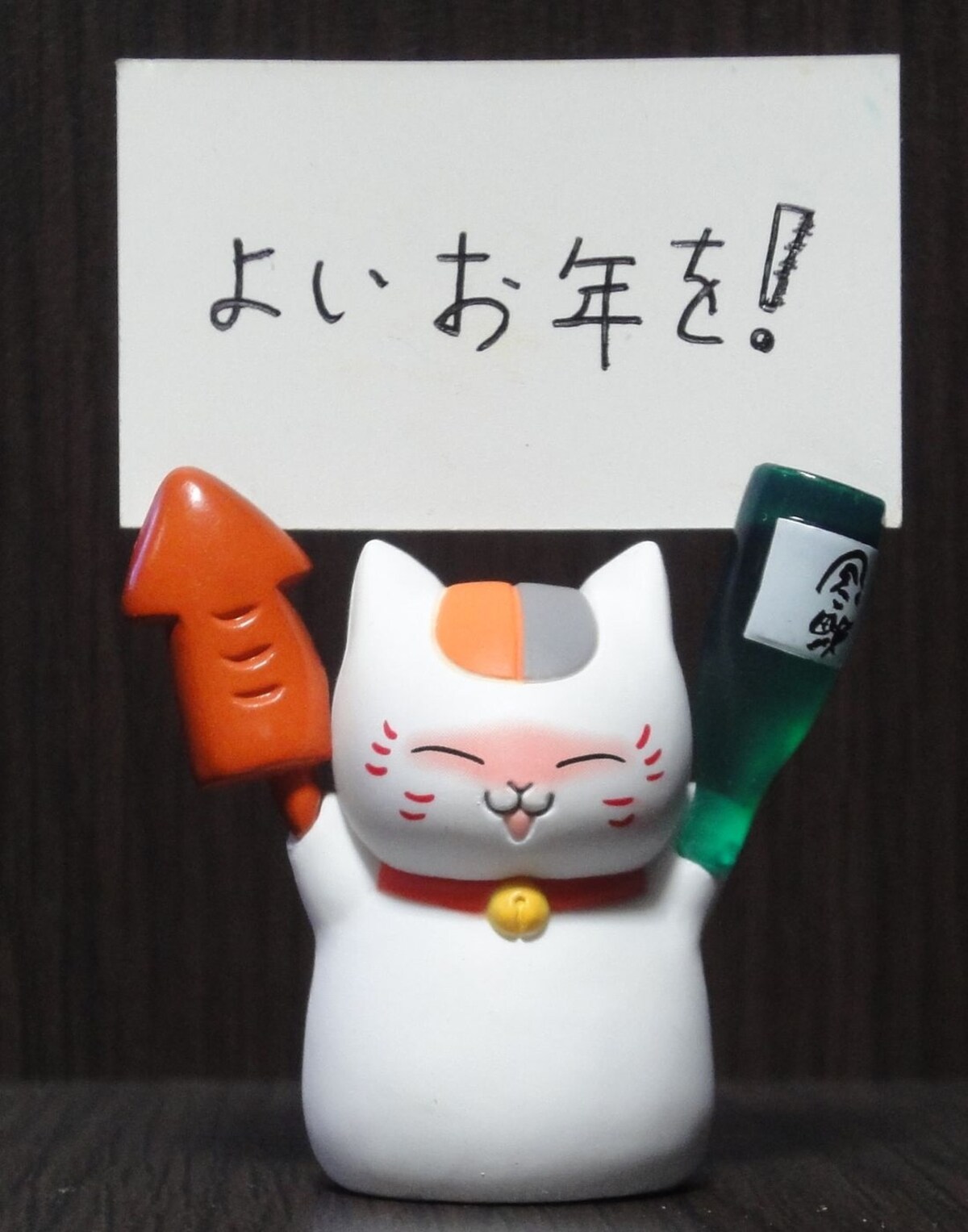
http://blogs.c.yimg.jp/res/blog-2e-bc/himiko19900401/folder/401451/06/11708206/img_0
Around New Year's time in Japan there are a few greetings that you need to know in order to be polite. Before New Year's, Japanese people will say, "Yoi otoshi wo," which means "Have a good New Year." People also say "Akemashite omedeto gozaimasu" starting from New Year's Day, which means "Happy New Year!" Both phrases are very important around this time of year.
4. Most shops will be closed on New Year's Day
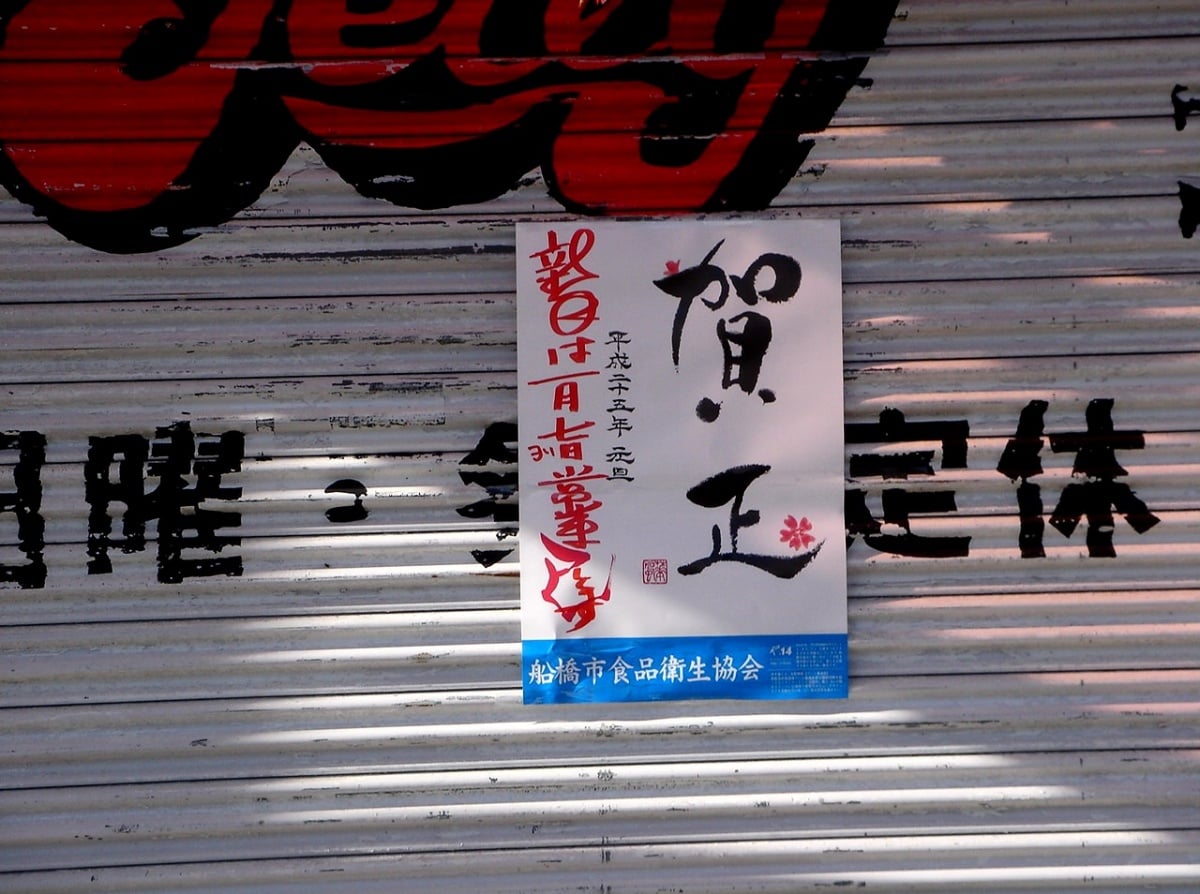
http://livedoor.blogimg.jp/vivit_2012/imgs/6/1/61a78c8f.jpg
Even in large cities, most stores will be closed in Japan on New Year's Day. Most stores will post signs, however, regarding when they will be closed and exactly what day they will reopen in the New Year.
3. Oshogatsu
http://hida.cocolog-tnc.com/fuji/images/P1010005_3.JPG
The New Year's period in Japan is called oshogatsu, and traditionally did not just refer to January 1st, but the entire first week of January. Now oshogatsu is typically celebrated from the first until the third of January, with most businesses being closed during these days.
2. O-soji—major year-end cleaning

http://up.gc-img.net/post_img_web/2014/12/355204565ace577c3ebec00c665d782a_19422.jpeg
Japan has an obsession with cleanliness, and this peaks during the period right before the New Year. O-soji, which literally means big cleaning, is a typical tradition where you do some major household cleaning right before the New Year, and then essentially start the year off fresh. It's more formally called susu-harai, or soot-sweeping, though most people don't use this term anymore.
1. Nengajo—New Year's postcards
https://www.youtube.com/watch?v=eE-6h86-Yq0
Nengajo are New Year's postcards that Japanese people send to their loved ones at the end of each year. It's a great tradition that individuals, families, and even businesses participate in annually. Sometimes bands or celebrities will send out New Year's cards as well. These cards are always sent through snail mail, too!


